Kinloch Lodge is on the south east corner of the isle of Skye, not far from the port of Mallaig, from which a ferry runs to the mainland around half a dozen times a day. Bear in mind if travelling here that the ferry gets very popular in peak season and can require advanced booking. Alternatively you can drive to the island over a road bridge near Kyle of Lochalsh.
The building was originally a hunting lodge dating back to the 17th century, and has been in MacDonald clan ownership for eight generations. The ground floor dining room has family portraits on the walls and can seat around 38 diners at any one time. The lodge also has several bedrooms. Claire Macdonald, owner here, is a well-known cookbook writer and used to cook here herself before she recruited Marcello Tully as head chef; he was away this evening. Dinner is priced at £75 for five courses, with a tasting menu at £85, a three course lunch at £36.
The wine list was tilted more towards the old world though with a respectable new world selection, had tasting notes for each label on offer, and ranged in price from £29.50 to £950. Sample labels were Urlar Pinot Gris 2013 at £39 for a bottle that you can find in the high street for £14, the excellent Chateau Musar 2007 at £70 compared to its retail price of £25, and Chateau de Pez 2098 at £95 for a wine that will cost you about £33 in a shop. There were grander offerings too, such as the Dominus 2006 at £295 compared to its current market price of £157, and Antinori Tignanello 2011 at £195 for a wine that will set you back £70 in a shop.
Head chef Marcello Tully is originally from Brazil but who worked with the Roux Brothers for six years at Le Gavroche and elsewhere before moving here in 2007. He earned the restaurant a Michelin star within a year, which it has held ever since. He was away from the restaurant this evening doing a cookery exhibition. A five course tasting menu cost £75, and was advertised as making considerable use of local ingredients, such as the fish landed at the nearby port.
The meal began with a pair of nibbles. A haddock and spinach bite was fine, with good fish flavour. A Brazilian baked cheese roll called Pao de Queijo, although the cheese was pleasant enough, was rather dry, but was interesting (14/20 average for the nibbles). I preferred a further nibble of a notionally Brazilian pork and bean stew called feijoada (a dish that actually originated in Portugal). This, though a quite simple dish, had excellent deep flavour, the black beans and pork combining well, with a pleasing saltiness. Although this dish seemed a little out of character in the context of the rest of the meal, I really liked it, and made me wonder what would happen if the chef cooked more dishes from his Brazilian heritage and skipped over the traditional upmarket country house dishes that constituted the rest of the meal (15/20). By contrast hot-smoked salmon came with dill mayonnaise, topped with regular smoked salmon and a few leaves. This was pleasant, but hardly beyond the ordinary, and did not exhibit any obvious culinary skill (12/20).
Sweet corn soup with popcorn and fennel seed bread was harmless enough, but the popcorn did not add anything obvious to the soup, and the bread itself tasted a touch stale, as if it had been reheated, and the soup was very sweet indeed. This basic dish seemed rather out of place in a notionally upmarket meal, as if it was something of an afterthought (12/20).
The next and more successful dish was home-cured salmon that had been steamed and then wrapped in a seafood mousse and accompanied by a dill dressing and beetroot espuma, topped with finely shredded and fried potatoes and carrots. This dish was enjoyable, the seafood mousse good and the topping providing a crispy textural contrast to the mousse (15/20).
This was followed by seared scallop with peanut sauce and Parma ham. This was a strange dish, with a pleasant scallop whose flavour was overwhelmed by the strong peanut sauce. Combining hot and cold in a dish is tricky at the best of times, and the reasoning as to why some slices of ham slapped on top of the scallop could be considered a good idea eluded me (13/20 given the nice scallop).
Next was sea bass and crab mousse with butternut squash foam and crisp fish skin. The seafood flavours were fine in themselves but were utterly dominated by the wildly sweet butternut squash foam, a winter vegetable that seemed not only clearly out of season but out of place. The fish skin was fine but this seemed to me a poorly designed dish in several aspects (11/20).
Fillet of Aberdeen Angus beef came with Strathdon blue cheese mousse, confit shallot, celeriac and brandy sauce, with a small turned courgette that arrived cold. Although the beef was ordered medium rare it arrived at the wrong end of medium, and although the taste of the beef was reasonable, the strong influence of the celery root and blue cheese ended up being the dominant and not obviously complementary flavours. Fillet is a delicate cut of beef and perhaps a more robust cut would have fared better with these powerful accompaniments, but overall the dish did not work well (12/20). As an alternative main course my wife did much better, with sea bass that was nicely cooked and accompanied by pleasant pea puree, saffron cream sauce and fried seafood gnocchi. This was altogether more harmonious and featured more accurate cooking (easily 14/20).
The main dessert was lemon tart accompanied by popcorn ice cream. This was another confusing dish, the tart having plenty of citrus flavour and reasonable texture, but the ice cream grainy and seeming a peculiar pairing for the tart, which would have been perfectly fine in its own. This is tricky to score given the two very different components, but perhaps 13/20 on average. One further minor thing that puzzled me was that there were two types of butter on the table throughout dinner, as was a side plate, yet at no point was any bread forthcoming except for the single slice that came with the soup. This is not a big deal but it seemed rather curious.
Coffee was fine, accompanied by a few petit fours. Passion fruit with mango puree was overly sweet, and a lemon Madeleine decent but rather too dry. Service was pleasant, led by a friendly Australian restaurant manager called Sarah, though it was well meaning rather than especially efficient - topping up of drinks was erratic at best, for example. The bill was total was combined with in the accommodation but worked out at about £130 per person, with plenty of nice wine. If you shared a modest bottle then a typical cost per head might be around £110.
Overall I found the cooking at Kinloch Lodge rather problematic. Although they have access to excellent products here, there were some baffling choices such as the butternut squash (a winter vegetable) used in one course, which was not only unseasonal but way too sweet. There were also technical issues such as the overcooked beef and grainy popcorn ice cream. Some dishes were fine, such as the salmon dish, but the overall standard was pretty ordinary even if I ignore the problematic dishes. This was a long way from a Michelin star level meal in my view other than the price. This is a pity, since the setting here is lovely and with easy access to excellent products there is potential for the food here to be very good. The chef seems to me to be trying to over complicate things when simplicity based on the local produce would serve him better. Some issues that I had were with execution on the night but others were more fundamental around the design of the dishes, such as the tendency towards over sweetness that crept in a couple of times. One issue is that the Michelin star rating raises an expectation amongst diners, and perhaps encourages the kitchen to try to add extra elements and techniques that are not necessarily beneficial. As a place to stay and enjoy the lovely scenery Kinloch Lodge is to be recommended, rather more so for me than the restaurant itself.






















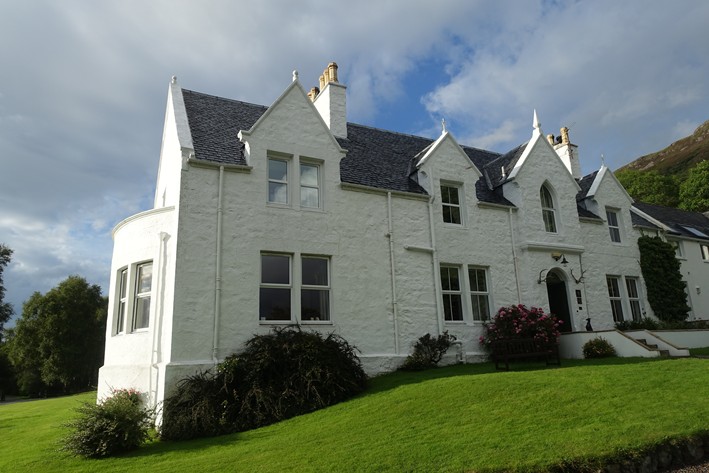



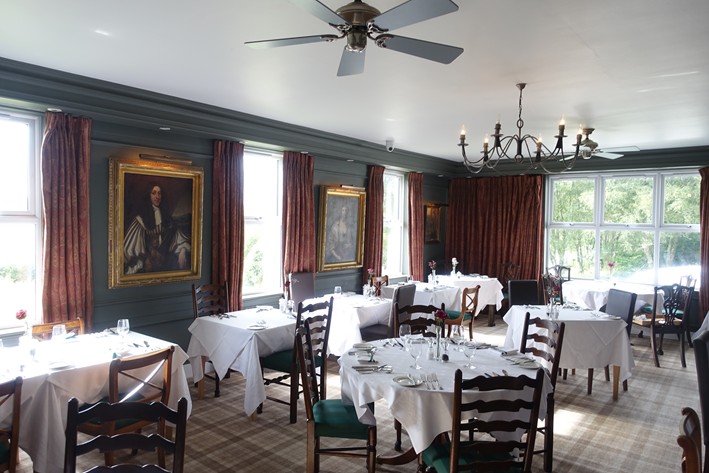
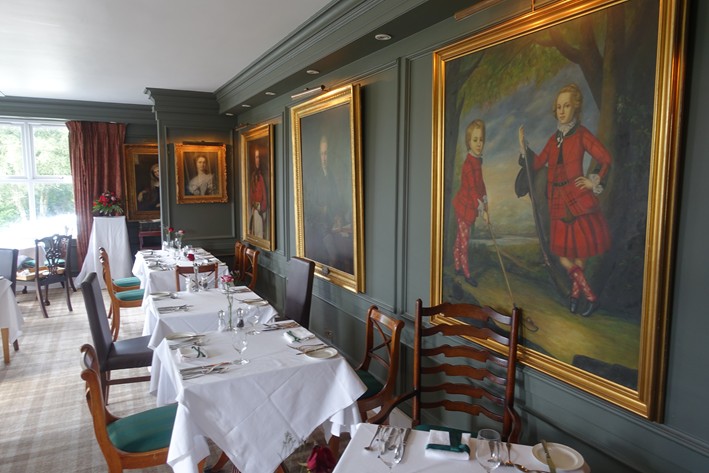
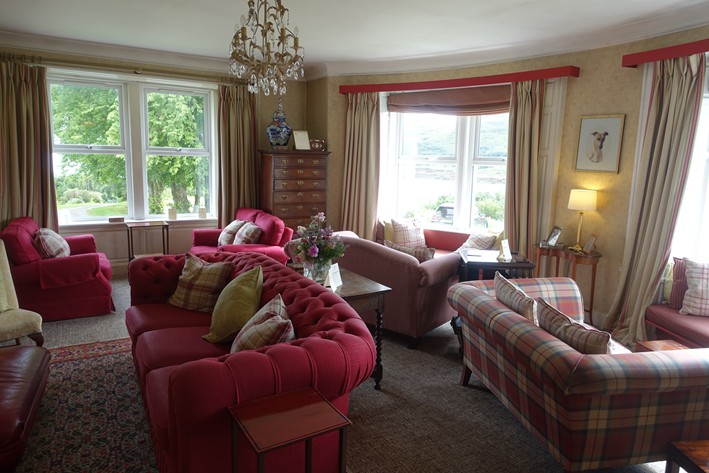
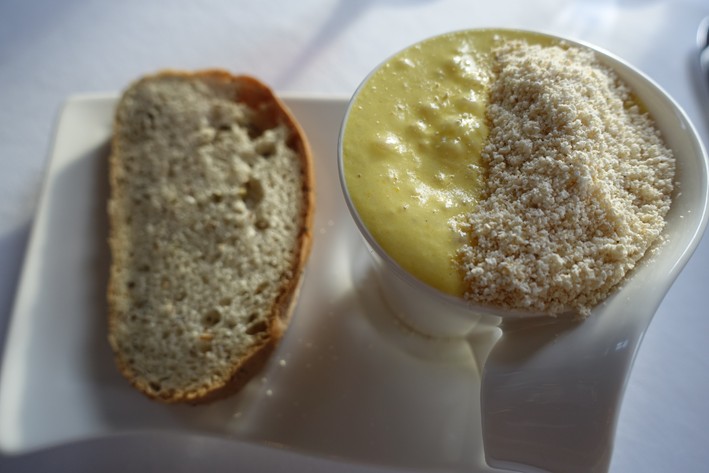
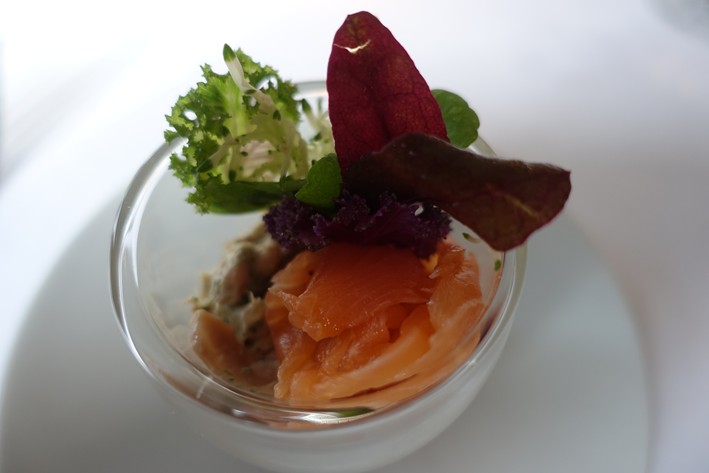
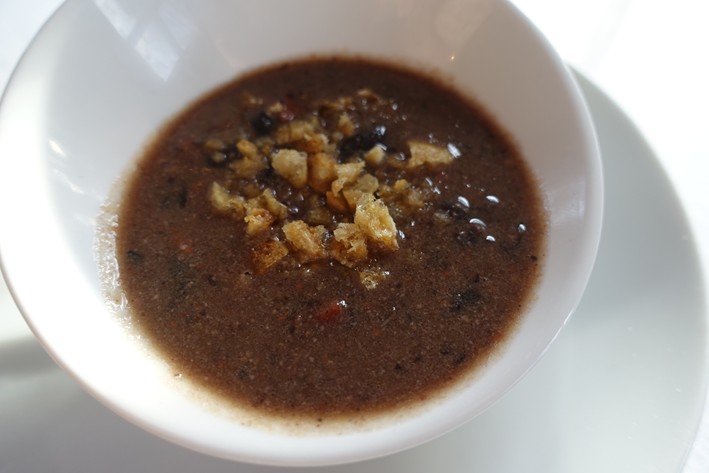
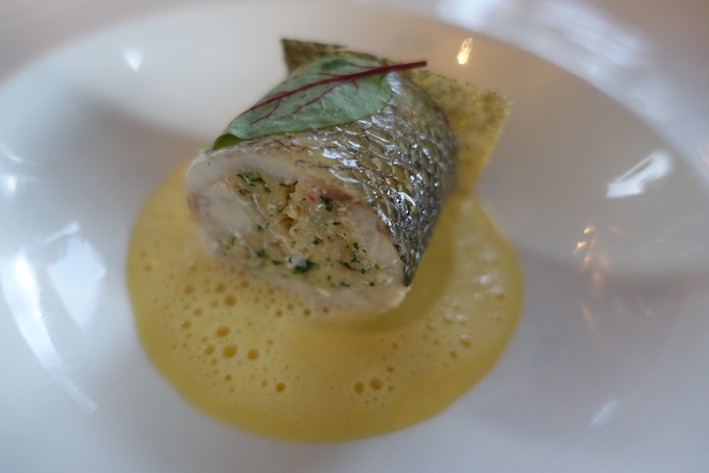
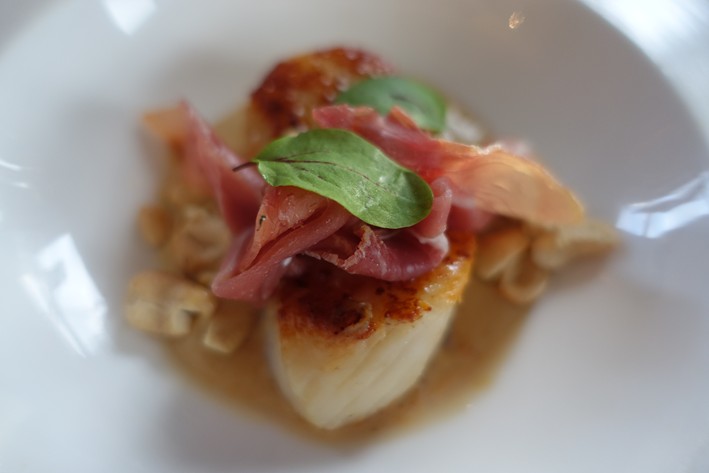
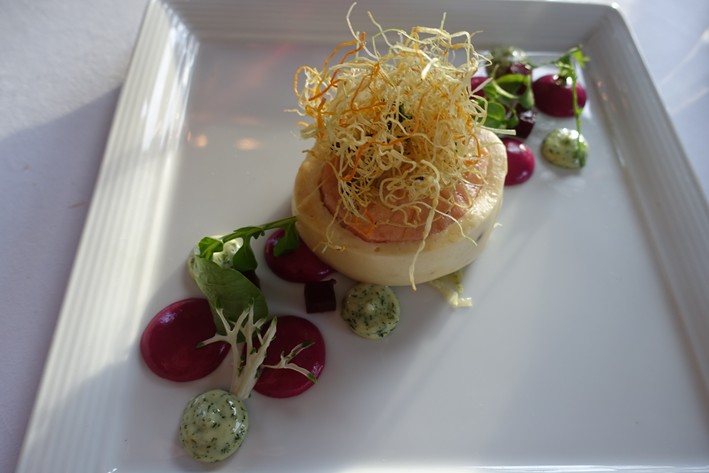
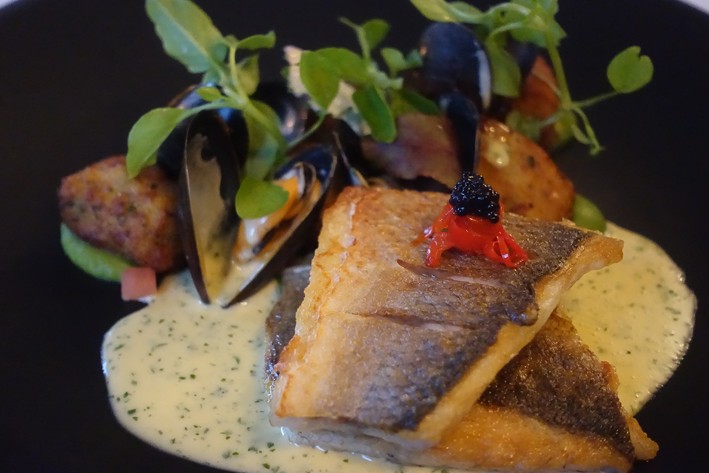
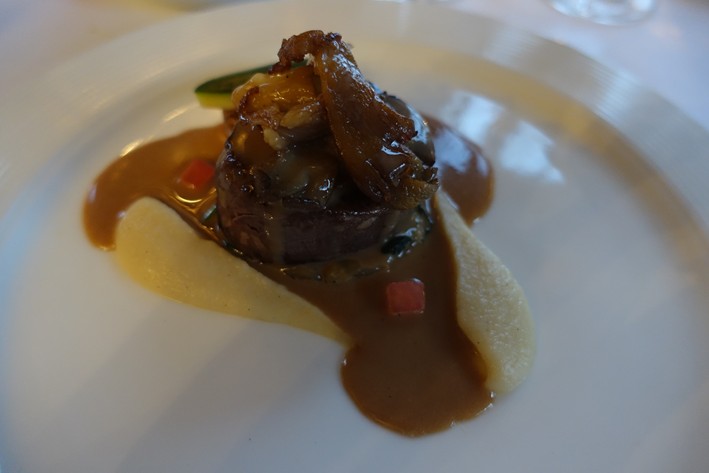
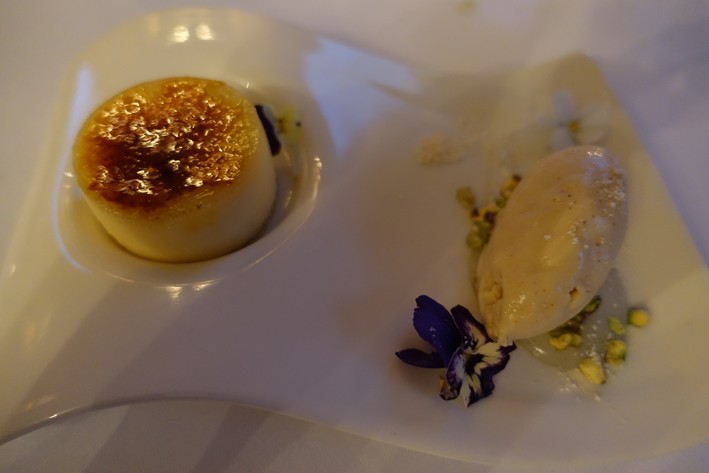
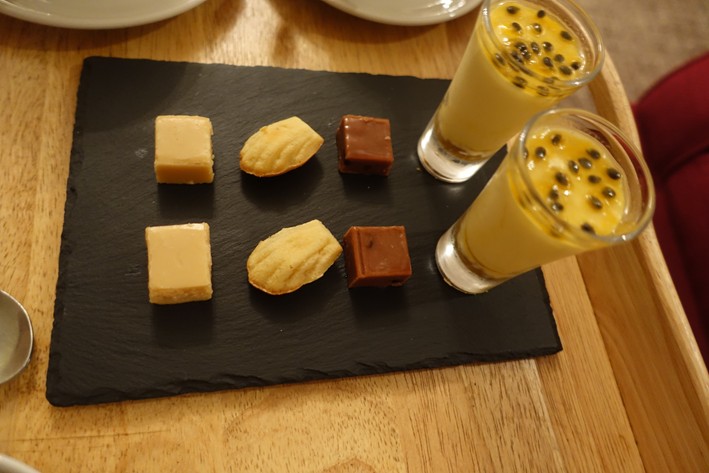

Ewan
Never made it out here when I lived back in Scotland but a quick note - pão de queijo generally is very dry, particularly on the outside. Chewiness seems to be the desired quality - along with flavor, of course. I think it's preferred that way. (Brazilian cuisine is very popular in certain regions of the US, particularly Central Florida, so I've had a lot of it...)